Preserving raw materials means preserving the heritage of traditional crafts.
With its unique creative value, in February 2024, the traditional craft of weaving hammocks from paulownia wood in Cu Lao Cham (Tan Hiep commune, Da Nang city, formerly part of Hoi An city, Quang Nam province) was recognized by the Ministry of Culture, Sports and Tourism as a National Intangible Cultural Heritage.
Beyond their material significance, hammocks woven from paulownia wood fibers are also closely linked to the history and development of the island region, embodying the soul and emotions of the people of this coastal area. Each product is the culmination of a persistent and creative labor process spanning many generations of Cham Island residents.
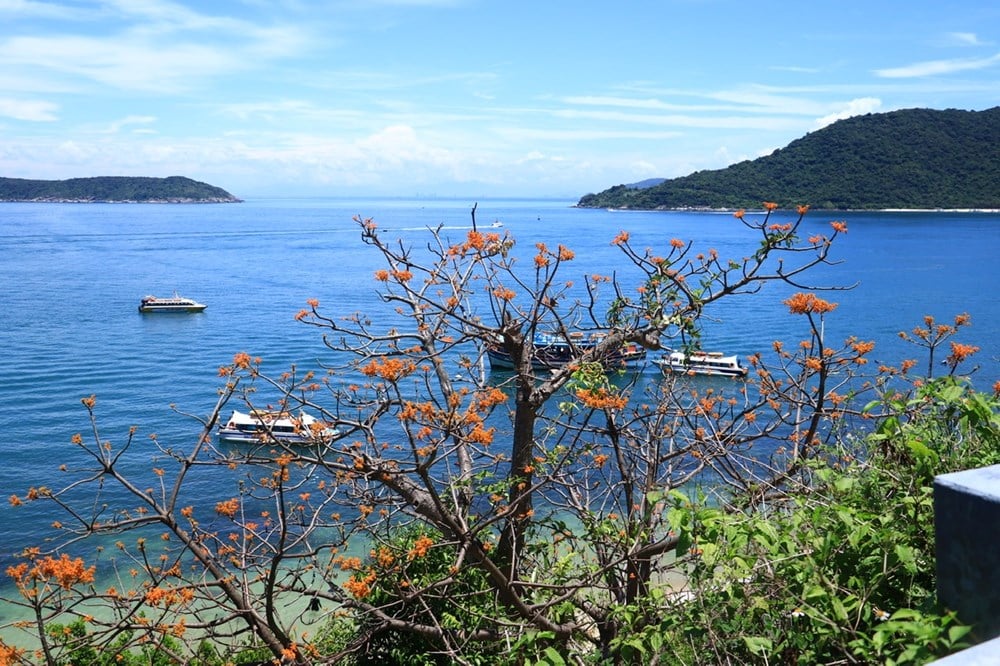
Over time, the paulownia hammock has become a distinctive cultural product, a symbol of the spiritual life of the islanders, and a testament to the community's skillful adaptation to natural conditions. The craft of weaving paulownia hammocks – a form of folk culture – contributes to reflecting indigenous knowledge in exploiting forest resources and preserving cultural identity.
It can be said that the craft of weaving hammocks from paulownia wood is a distinctive heritage, playing an important role in the lives of the people of Cu Lao Cham in particular, and in the national cultural heritage in general. Folk knowledge about exploiting and processing raw materials is the core element that helps the craft survive sustainably, maintaining the value of the heritage left by our ancestors.
In 2014 and 2015, the more than 100-year-old paulownia tree in Hon Lao, along with the cluster of three ancient red paulownia trees aged 155-250 years at Suoi Tinh slope, were recognized as Vietnamese Heritage Trees. Preserving and developing this species is both about safeguarding a valuable plant species and protecting the raw materials and soul of a traditional craft.
The people of Cu Lao Cham Island harvest their raw materials according to their own rules: They only prune paulownia branches to about wrist-sized heights, harvesting just enough material for about five hammocks each year, and absolutely no indiscriminate cutting. Each branch is pruned correctly, each tree is cared for and replanted – this is how the locals extend the lifespan of their hammock weaving heritage. Mr. Nguyen Vinh, a local resident, shared: "Preserving the paulownia trees means preserving the raw materials, preserving the craft, preserving the soul of the island. As long as the trees remain, the craft remains"...
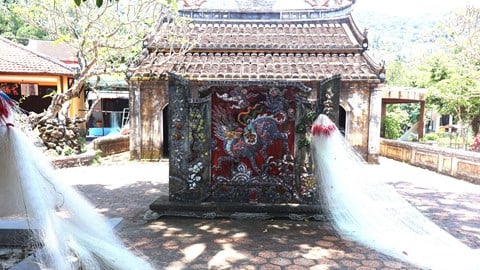
Visit Cu Lao Cham and explore the more than 170-year-old temple dedicated to the founder of the swiftlet farming industry.
Beyond sustainable exploitation, the Tan Hiep commune authorities and residents are also actively planting new paulownia trees. In recent years, during each "Cu Lao Cham - Red Paulownia Flower Season" Festival, the locality has launched a campaign to plant paulownia trees along the 350-meter-long Red Paulownia Road from the Bai Lang village entrance gate to the Quyet Thang intersection, creating a unique check-in spot each flowering season. Paulownia trees are now widely planted in public areas, along fishing villages, and in people's gardens, expanding green spaces while preserving a valuable raw material for hammock weaving.
Developing tourism in conjunction with preserving traditional crafts.
First organized in 2022, the "Cù Lao Chàm - Red Paulownia Flower Season" Festival has become a unique annual event of Tân Hiệp island commune, taking place every August to celebrate the beauty of the island's characteristic flower and attract a large number of tourists to visit and experience it.
Organizing a festival dedicated to the paulownia tree has created a unique eco-cultural tourism product, contributing to promoting the image of Cu Lao Cham Island nationwide. It is also an opportunity to honor the heritage of paulownia hammock weaving, as protecting and developing this tree species means preserving the raw materials, conserving and promoting the value of the traditional craft, and creating another distinctive local tourism product.

At each Festival, Tan Hiep commune organizes check-in points with paulownia flowers, displays products made from paulownia trees, and introduces and demonstrates hammock weaving. Alongside these are vibrant cultural and sporting activities reflecting the unique character of the coastal and island region, such as Bài Chòi performances, Bả Trạo folk singing, basket-shaking competitions, underwater tug-of-war, horizontal boat races, and artistic canoe performances...
Visitors and locals participating in the festival are encouraged to use environmentally friendly products and limit the use of plastic bags and single-use plastics. Besides developing cultural tourism, activities such as experiencing hammock weaving and creating new products from paulownia wood have generated revenue for the locality, increased income for residents, and provided motivation to preserve and pass on the craft to the younger generation.
The Moc Cham Traditional Craft Village Tourism Cooperative and Community Livelihood Model are typical destinations that organize experiences in weaving hammocks from paulownia wood, attracting tourists to watch artisans demonstrate their skills and learn about the value of this traditional craft heritage. This connects traditional producers with tourism businesses and the community, promoting and enhancing local products.
Previously, Hoi An City also supported the launch of a product line made from red paulownia wood from Cu Lao Cham Island, with three main groups: Food - Handicrafts and souvenirs - Cosmetics, contributing to diversifying tourism products associated with the island's identity.
Source: https://baovanhoa.vn/van-hoa/chuyen-giu-nghe-giu-dao-cua-nguoi-cu-lao-cham-177707.html


![[Image] The tenacious fighting spirit of Vietnamese women's football](/_next/image?url=https%3A%2F%2Fvphoto.vietnam.vn%2Fthumb%2F1200x675%2Fvietnam%2Fresource%2FIMAGE%2F2025%2F12%2F17%2F1765990260956_ndo_br_4224760955870434771-copy-jpg.webp&w=3840&q=75)
![[Image] Leaked images ahead of the 2025 Community Action Awards gala.](/_next/image?url=https%3A%2F%2Fvphoto.vietnam.vn%2Fthumb%2F1200x675%2Fvietnam%2Fresource%2FIMAGE%2F2025%2F12%2F16%2F1765882828720_ndo_br_thiet-ke-chua-co-ten-45-png.webp&w=3840&q=75)
![[Live] 2025 Community Action Awards Gala](/_next/image?url=https%3A%2F%2Fvphoto.vietnam.vn%2Fthumb%2F1200x675%2Fvietnam%2Fresource%2FIMAGE%2F2025%2F12%2F16%2F1765899631650_ndo_tr_z7334013144784-9f9fe10a6d63584c85aff40f2957c250-jpg.webp&w=3840&q=75)

![[Photo] Prime Minister Pham Minh Chinh receives Lao Minister of Education and Sports Thongsalith Mangnormek](/_next/image?url=https%3A%2F%2Fvphoto.vietnam.vn%2Fthumb%2F1200x675%2Fvietnam%2Fresource%2FIMAGE%2F2025%2F12%2F16%2F1765876834721_dsc-7519-jpg.webp&w=3840&q=75)
![[Photo] Prime Minister Pham Minh Chinh receives the Governor of Tochigi Province (Japan)](/_next/image?url=https%3A%2F%2Fvphoto.vietnam.vn%2Fthumb%2F1200x675%2Fvietnam%2Fresource%2FIMAGE%2F2025%2F12%2F16%2F1765892133176_dsc-8082-6425-jpg.webp&w=3840&q=75)
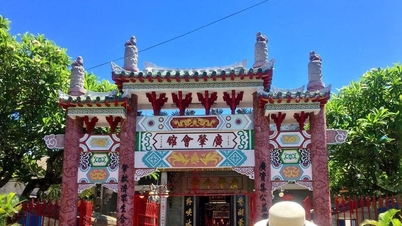

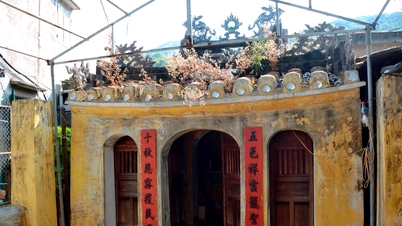

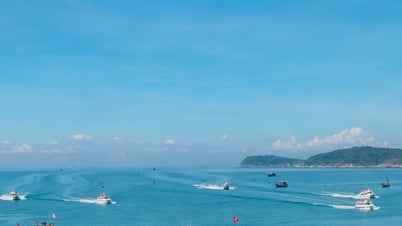





![[Video] Exhibition space "Great Poet Nguyen Du - Remembered for a Thousand Years"](https://vphoto.vietnam.vn/thumb/402x226/vietnam/resource/IMAGE/2025/12/17/1765983645796_khong-gian-trung-bay-dai-thi-hao-nguyen-du-ngan-nam-nho-mai-3610-jpg.webp)





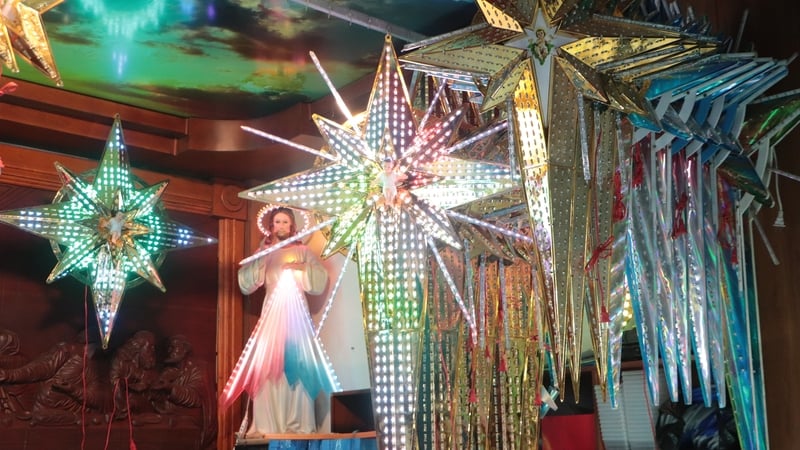


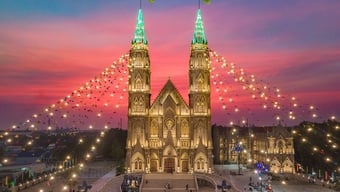












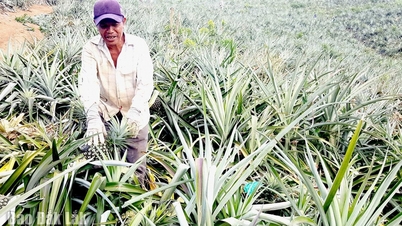


































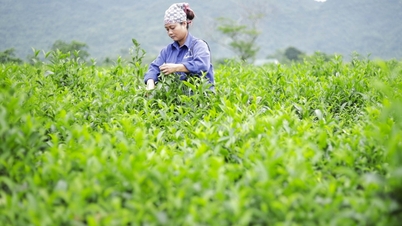


![[Live] Closing Ceremony and Award Presentation for the "Impressive Vietnam Tourism" Video/Clip Creation Contest 2025](https://vphoto.vietnam.vn/thumb/402x226/vietnam/resource/IMAGE/2025/12/17/1765974650260_z7273498850699-00d2fd6b0972cb39494cfa2559bf85ac-1765959338756946072104-627-0-1338-1138-crop-1765959347256801551121.jpeg)
























Comment (0)